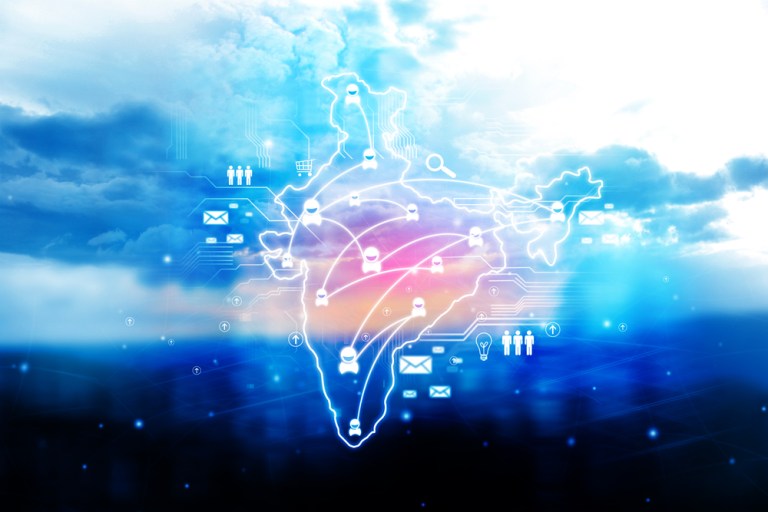Visa Finds Indian Consumers Inclined To Adopt Digital Payments

In India, consumers are eager to embrace new payment methods of the digital kind.
Visa said Tuesday (Nov. 14) that an independent study, commissioned by the payments giant and conducted by YouGov, surveying more than 2,000 people across Bangladesh, India and Sri Lanka, found that 78 percent of consumers are highly inclined to embrace new modes of digital payments.
That high percentage, noted the study, speaks to increased awareness of digital transactions as an alternative to cash-based commerce. Among the key drivers of the inclination to adopt and adapt to digital was the ease of transition to digital payments. Some 70 percent of respondents who reported that they used less cash than in the past said that convenience, efficiency and speed of transactions were important factors in making the switch.
The findings come against a backdrop where cash usage is declining, from 33 percent last year to 31 percent today, and where that percentage is slated to drop to 25 percent through the next 12 months. Conversely, digital payments are likely to see a boost from 34 percent of transactions last year to 36 percent now and will be as high as 39 percent through the next 12 months.
But the transition is not a smooth one for everyone in India. The Visa/YouGov study reveals that for those who find it “tough” to make the leap to digital payments, 41 percent stated that the merchants they frequent are in the habit of accepting only cash, and another 39 percent are worried about transaction security.
Security stands out as a key concern for consumers overall, with 81 percent stating that they value safety over convenience when it comes to online payments.
In commentary surrounding the study, TR Ramachandran, group country manager, Visa, India & South Asia, said that “more and more consumers are becoming digital natives, expecting a differentiated experience oriented toward convenience and practical usability. IoT, contactless payment technology, enabling simplified, secure and faster eCommerce experience are some of the trends defining the next wave of the future of payments.”